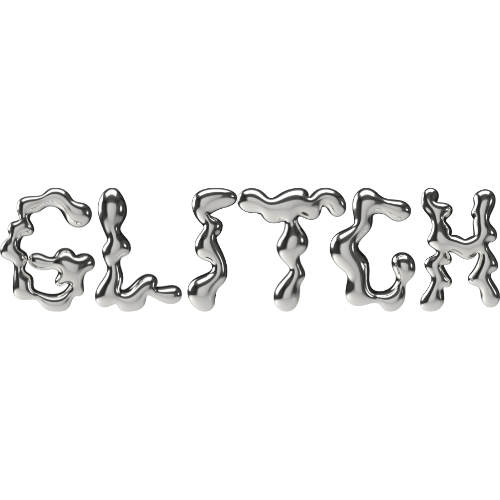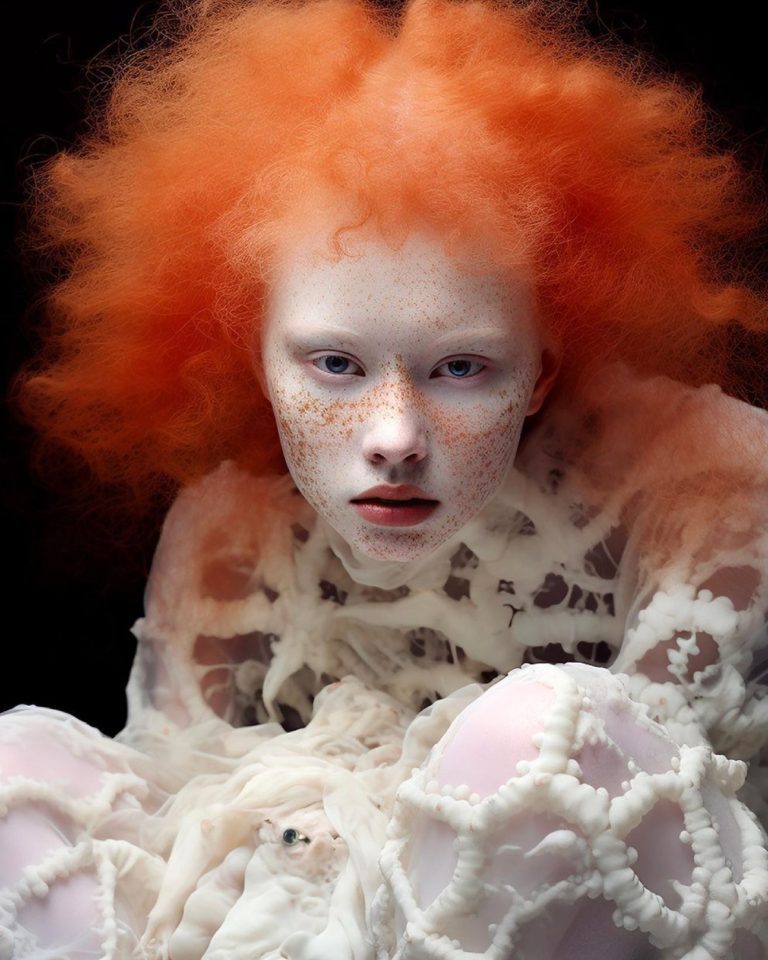As half-human, half-mushroom creatures and unusually unreal landscapes and fashions flood our Instagram feeds, it is safe to say that AI generated content has become one of the definite go-to mediums for today’s digital artists. But what lies underneath the creation of these eerie visuals? And, above all, haven’t we seen this before?
Let us travel back in time, it is the 1920’s, the First World War is barely behind us, both physical and emotional devastation are all around, all values and societal structures shattered to the ground. War trauma and the possibilities of it being far from over keeps everyone awake at night, whilst political and social unrest all over the world are a constant. Sounds familiar?
It is within this context that Surrealism officially arises in 1924, with the publication of The Manifesto of Surrealism by poet and critic André Breton. The six page declaration explores the state of dreams and realities. After years of experiencing the horrors of reality, led by atrocious acts of rationality, Breton asks: “Can’t the dream also be used in solving the fundamental questions of life?”. In an era that was dominated by the need to escape, Surrealism was defined by Breton as a second chance, and as a war in which he was actually “proud to be participating”, a war on rationality. Salvador Dalí portrayed melting clocks juxtaposed with human faces upon a sunlit background reminiscent of his childhood home. René Magritte’s “The False Mirror” replaced the eye’s iris with a perfectly cloudy sky, leaving us to wonder what is real and what we think we know. Elsa Schiaparelli’s “Skeleton Dress” challenged the notions of conservative fashion and what was “realistically” possible. Artists, designers, poets and filmmakers converged in the belief that their art and its creation helped them cope with the context they were submerged in, “tap into their subconscious and process their internal thoughts”
Back to 2024, with the current world climate, where wars are being waged globally and felt intrinsically due to the constant flow of social media coverage, ecological disasters are on the rise and extreme political actors and policies take hold of entire countries, it is inevitable to note that the 1920’s and the 2020’s could not be more intertwined, beyond their phonetic similarity. Is it possible that we are experiencing a sort of cosmic parallelism, a journey through time where we, as we always do, express our worries and escape through artistic expression?
Today, Schiaparelli is once again one of the most important brands driving the luxury fashion industry since Daniel Roseberry’s takeover as creative director in 2019, Jacquemus’ Bambino bags strutted the streets of Paris in a brilliant digital marketing campaign, and pixels went from the screens to our jeans in Loewe’s SS23 collection. In addition to the countless amounts of AI fashion designer and artist accounts now roaming the social media realm, providing us with surreal dreamscapes and characters. As current context becomes arid and at times unbearable, it is not a coincidence that surrealism has resurged as a way to escape, and is striking a chord with our era.
However, when it comes to A.I. generated surrealisms, what would the original experts say? What would Salvador Dalí, Elsa Schiaparelli and André Breton think? In the spirit of embracing new technologies, we asked ChatGPT: What would the 1920’s Surrealists think of current AI generated surrealisms? The response did not surprise. The Surrealists were fascinated by the subconscious mind, and believed in the power of irrational and dreamlike imagery to reveal the deep truths within our psyche. Therefore, according to AI, they might find the unpredictability and fantastical nature of today’s AI-generated imagery appealing, and dare say, fascinating. However, something these artists shared was their commitment to human creativity, personal expression and craftsmanship attached to their art. Thus, they might express some reservations about the lack of human touch, emotional depth and intentionality present in AI-generated content. Ultimately, their opinion on the matter would depend on the context and specific characteristics of the designs produced by algorithms.
It is not only the Surrealists who might be skeptical about this new form of art. The notable backlash faced on social media, with hashtags such as #StopAI, #BanAI and #NoAI flood Instagram posts comments sections, condemning brands and artists incorporating the technology. As the Surrealists would, they express their concerns regarding the displacement of the human touch and emotion, and also raise questions involving copyright and intellectual
property. But that subject matter requires its separate research and article. This piece focuses not on the implications of utilizing new technologies for art creation, but on how the art in itself reflects our society’s behaviors and inner turmoils.
Whether for or against AI Generated content, it is safe to say that it is no coincidence that we are increasingly surrounded by surrealist visuals and aesthetics. History teaches us that Surrealism first’s emergence in the 1920’s was a response to the need to escape the socio-political turbulence of the time. And as we well know, history repeats itself. We must understand that the whimsical characters portrayed in Salvador Dali’s or Leonora Carrington’s paintings, and Elmo Mistiaen’s biomorphic creatures on Instagram or Filip Hodas’ dystopian landscapes are actually speaking the same language, and, ultimately, expressing the same concerns. As if a mirror were placed between the 1920’s and the 2020’s or a portal opened in space-time continuum, as artists, our society is consciously or unconsciously repeating the same patterns, and using surrealist creation as the ultimate form of expression for our troubling thoughts.
Written by Marina Teubal a GLITCH Magazine Contributor





